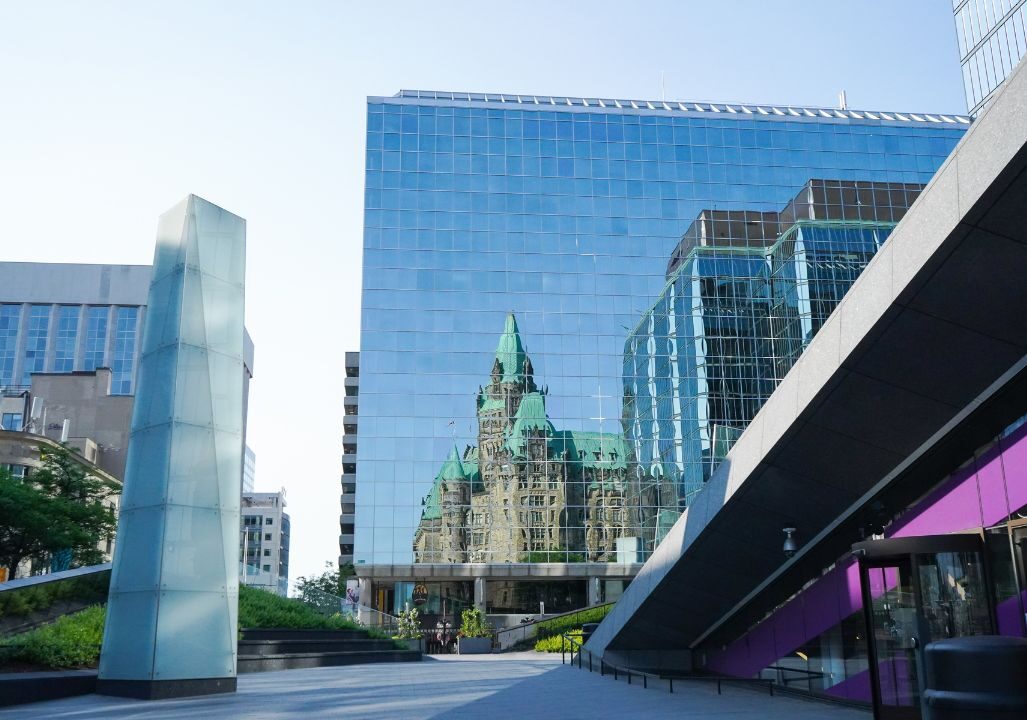
Canada’s new government has released its 2025 Annual Report to Parliament on future Immigration Plans for the country. Canada is taking decisive action to restore balance to the immigration system. Already, progress is visible:
- Asylum claims have fallen by one-third.
- Temporary foreign worker arrivals are down by about 50 per cent this year.
- New international student arrivals have declined by roughly 60 per cent compared to 2024.
These results show that the system is beginning to stabilise, but there is more work to do.
A Sustainable Path Forward: The 2026–2028 Immigration Levels Plan
As outlined in Budget 2025 and detailed in the 2025 Annual Report to Parliament on Immigration, Canada’s 2026–2028 Immigration Levels Plan charts a new, responsible course for the years ahead.
Key Highlights
- Permanent resident targets will be stabilised at 380,000 per year from 2026 to 2028 (down from 395,000 in 2025).
- The share of economic immigrants will rise from 59 per cent to 64 per cent, strengthening Canada’s labour force and competitiveness.
- Temporary resident admissions will drop from 673,650 in 2025 to 385,000 in 2026, and 370,000 in both 2027 and 2028.
- The fiscal cost of these adjustments is $168.2 million over four years, beginning in 2026–27, mainly due to reduced fee revenue.
- The government also proposed a one-time initiative to recruit over a thousand highly qualified international researchers to Canada. The Canada Budget 2025 proposes up to $1.7 billion for a suite of recruitment measures.
- There will also be an investment in improving foreign credential recognition so that newcomers can qualify for positions they have experience and training for
To address labour shortages and attract top talent in advanced industries and key sectors. In the coming months, the government will launch an accelerated pathway for H-1B visa holders.
By the end of 2027, Canada’s temporary resident population will be brought below 5 per cent of the total population, while permanent resident arrivals will remain below 1 per cent beyond 2027.
Maintaining Compassion: Recognising and Rewarding Contribution
The plan reflects a commitment not just to balance, but also to fairness and compassion.
- A two-year initiative will recognise eligible Protected Persons as permanent residents, acknowledging that most cannot safely return to their countries of origin. This step, costing $120.4 million over four years, will help accelerate their integration into Canadian society.
- A one-time measure will transition up to 33,000 work permit holders to permanent residence in 2026 and 2027—workers who have proven their value in communities across Canada. The cost of this initiative is $19.4 million over four years.
Supporting Regional Needs and Economic Growth
The government recognizes that immigration looks different across regions. The new levels plan will account for the unique needs of rural and remote communities, as well as industries affected by tariffs and labour shortages. This ensures that the system continues to serve both national and local priorities.
As always, don’t hesitate to reach out to your Newland Chase dedicated contact or submit an inquiry here should you have any specific questions regarding this announcement.
This immigration update is for informational purposes only and is not a substitute for legal or scenario-specific advice. Furthermore, it is important to note that immigration announcements are subject to sudden and unexpected changes. Readers are encouraged to reach out to Newland Chase for any case- or company-specific assessments.
